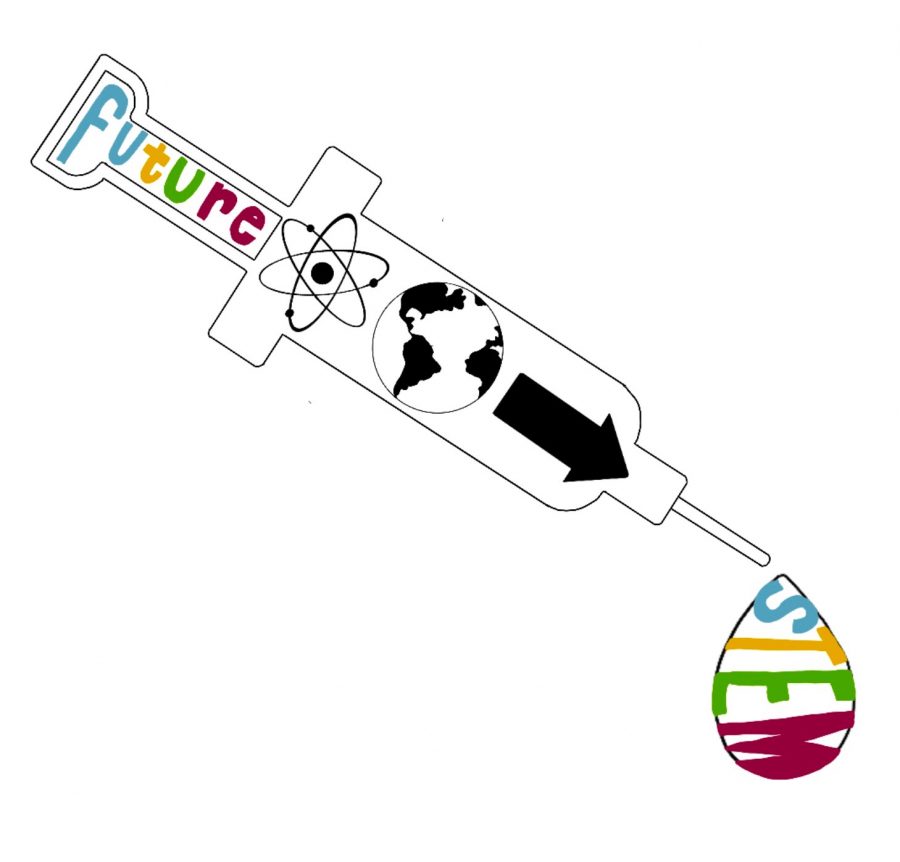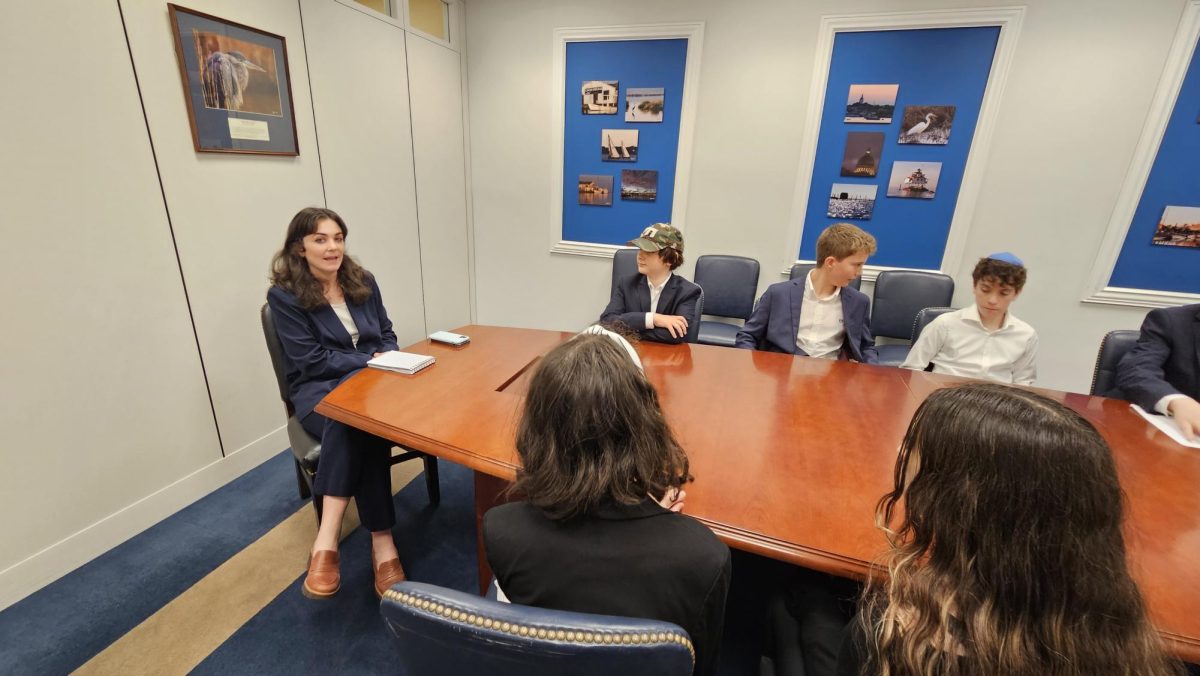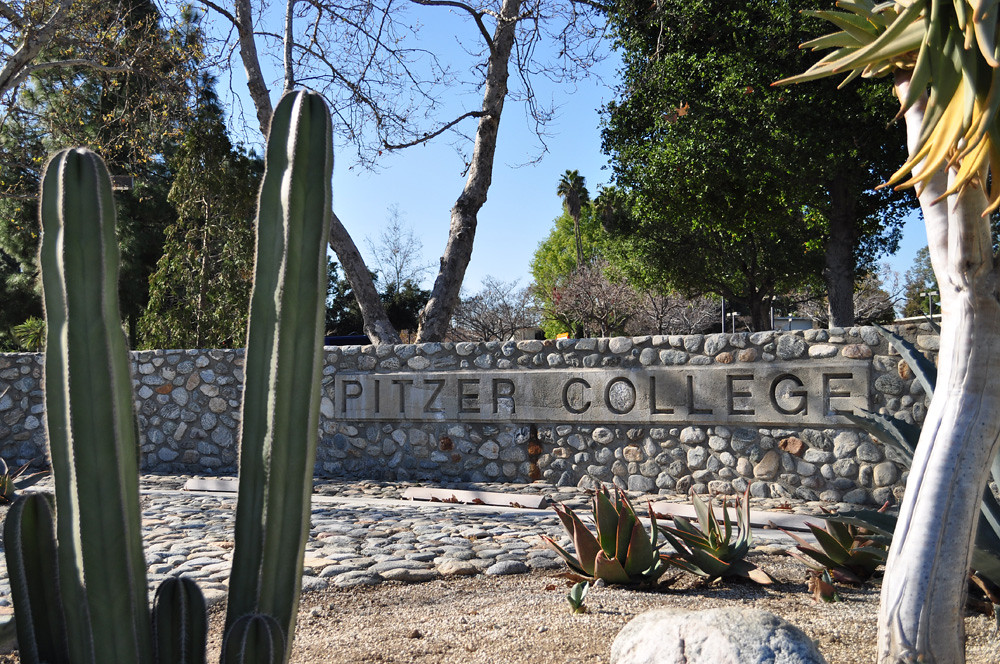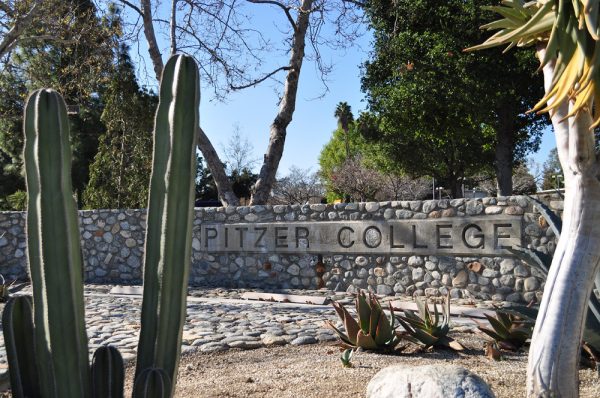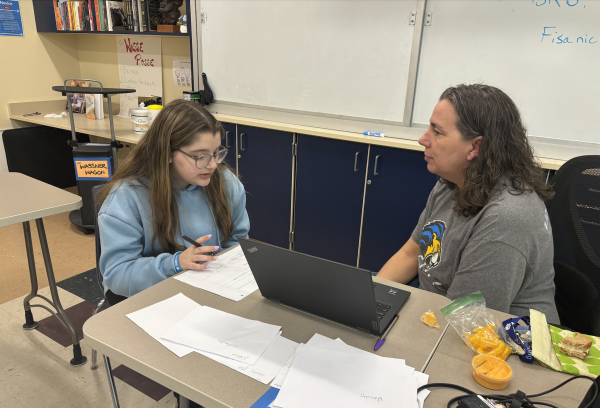Editorial: the power of science
May 25, 2021
STEM is the future. Our teachers have been telling us this for years, and yet we have never seemed to grasp it as reality until now. The successful development and production of multiple COVID-19 vaccines in a matter of months put science to the test, and the test was passed with flying colors.
It is no secret that scientists developed the COVID-19 vaccines at an unprecedented pace. The vast amount of effort put into the developmental process allowed for new research innovations, resulting in the mRNA vaccine. The Moderna and Pfizer vaccines were created so quickly because they used an unconventional mRNA technique instead of older, less efficient methods. Just years ago, the same innovation would not have been possible in such a short time.
The vaccine development was also astonishing because of its remarkable effectiveness. The FDA was willing to approve any COVID-19 vaccine that was at least 50% effective, but the Pfizer and Moderna vaccines are 95% and 94% effective, respectively. This makes them among the most effective vaccines ever created. To put this in perspective, according to the CDC, the current flu vaccine is only around 45% effective.
While COVID-19 fueled a sense of urgency for scientific advancement, the scientists’ quick response shows what the STEM field is truly capable of. We no longer have to wait for a deadly pandemic or catastrophe to quickly create life-changing innovations. With the right incentives, scientists could use their newfound drive to accelerate the process towards curing cancer or slashing carbon emissions. The possibilities are endless.
With this in mind, our generation must follow current scientists’ lead to solve the staggering challenges that lie ahead. With social movements like Black Lives Matter and the national campaign for gun control, our generation has proven that we have the passion and power to help create change. Now, we must also aim that power towards current and future scientific challenges.
The path to solving these issues will not be easy by any means. And yet, if we take our commitment for social issues and also apply it towards scientific research, the potential for innovation could be limitless. Nothing is out of reach.
This potential is why we must keep encouraging STEM in schools. The results of an international science test called the Programme for International Student Assessment in 2015 placed America’s student base in 38th out of 71 countries based on scientific knowledge.
There is also a common misconception that people interested in STEM are “nerds” or that science is boring. We at JDS must fight this notion and encourage more STEM involvement among students.
If even a few more people become interested in STEM because of school initiatives, it would be exceptional. Those students could grow up to become part of the team curing the next disease or stopping the effects of climate change.
STEM days at school might just seem like a relaxed day off from the regular curriculum, but they are really much more than that. Learning about STEM is crucial, as we see how it can enable scientists to create a life-saving COVID-19 vaccine in record time. New STEM innovations will continue to push our generation forward and it is up to us to use them to create positive change in the world.


